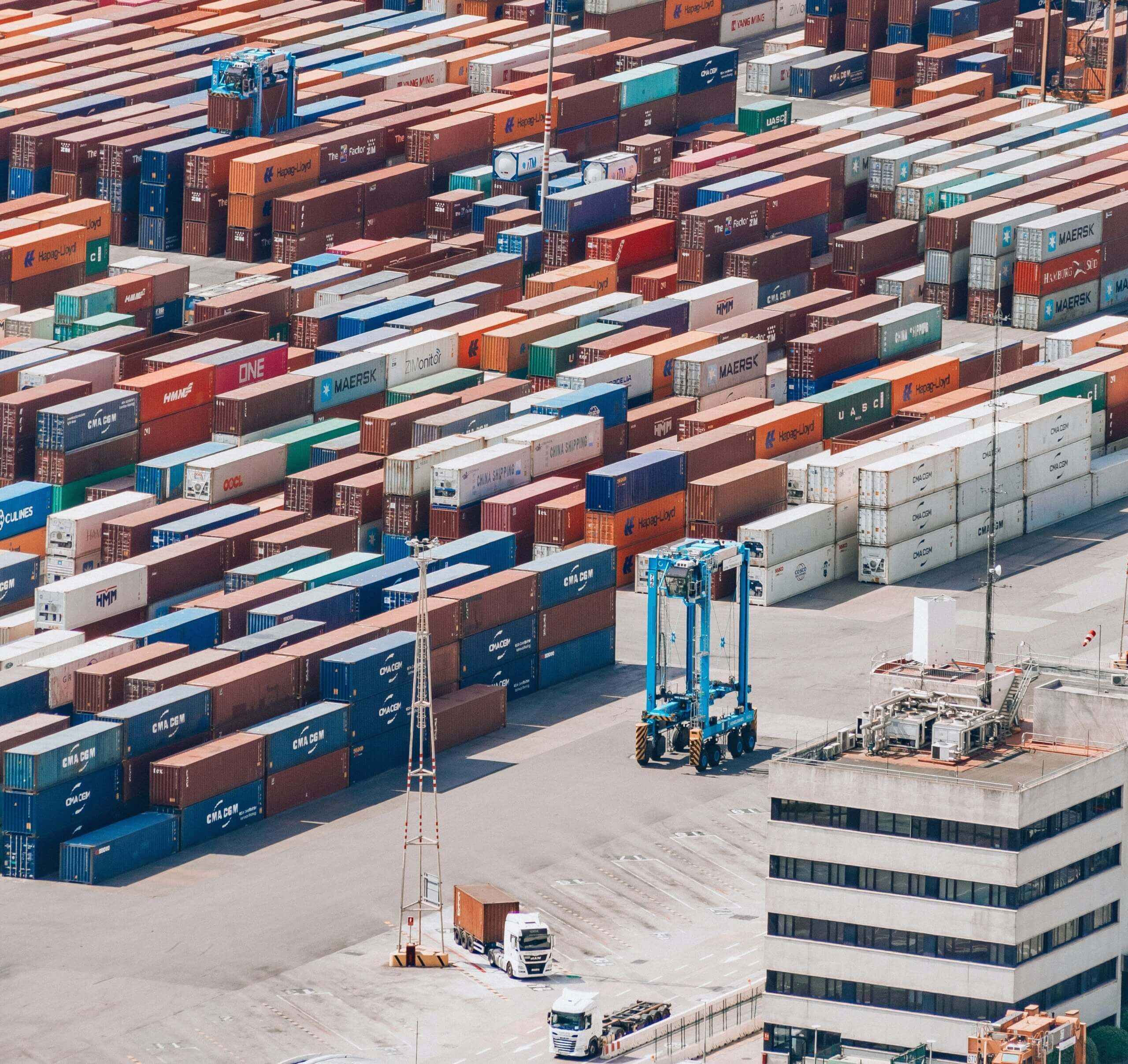As more companies embrace sustainability as part of their corporate social responsibility, they’re looking for ways to reduce their emissions of greenhouse gases in their supply chain. In order to do that, they must have a clear view of the amount of greenhouse gas emissions being produced in their shipping. We at project44 believe we can play an important role in helping companies get that clear view and provide them with insights to reduce emissions.
Carbon Accounting Frameworks
The Carbon Disclosure Project estimates that supply chain activities outside the walls of buildings such as distribution centers and factories account for 90 percent of global carbon dioxide (CO₂) emissions that result from fossil fuel usage. The consulting firm McKinsey has a similar assessment, saying that 80 to 90 percent of greenhouse-gas emissions occur across the company’s value chain.
When it comes to CO₂ measurements, companies generally follow The Green House Gas (GHG) Protocol. That standard establishes a framework for measuring all types of greenhouse gases, including CO₂. Carbon dioxide is a prime concern as its generation is a byproduct in internal engine combustion.
GHG Protocol groups separate emissions into three categories or “scopes.” Scope 1 covers direct emissions from owned or controlled sources, while Scope 2 covers indirect emissions from the generation of electricity. Scope 3 includes all indirect emissions, such as those created in supply chain activities, including the transportation of goods. It accounts for 90 percent of all CO₂ emissions.
Currently, most companies use averages to estimate the amount of CO₂ their supply chains produce. This is why companies need a more defined way to get an accurate picture of their emissions footprint.
Data Modeling CO₂ Emissions
Because of the difficulty in comparing GHG emissions across different modes of transportation, the Global Logistics Emissions Council (GLEC) has developed a framework. It’s a methodology for calculating and reporting supply chain emissions based on the GHG Protocol. Most industry experts believe that the GLEC Framework provides the best basis for measurement of CO₂ in logistics and freight transportation.
By using a data model based on the GLEC framework, a company could more accurately determine its carbon gas output. Based on emissions research, the model considers factors such as the type of vehicle, weight, fuel consumption, speed, routing, operator behavior, and distance traveled.
In order to use this model, a shipper, carrier, or logistics service provider needs quality data. In fact, the GHG Protocol specifies the use of primary data in calculating carbon. And that’s where project44 is uniquely positioned to provide this data to assist logistics and transport operators in determining their carbon footprint.
project44’s Commitment to Drive Decarbonization
Our advanced real-time transportation platform has the world’s largest carrier network with more than 120,000 multi-modal integrations. project44 offers a unique position to provide the data to undertake CO₂ modeling.
We believe an Advanced Transportation Visibility platform should provide data for companies to do CO₂ calculations along with real-time tracking and insights into carrier performance. Stay tuned for further details about project44’s plans.



